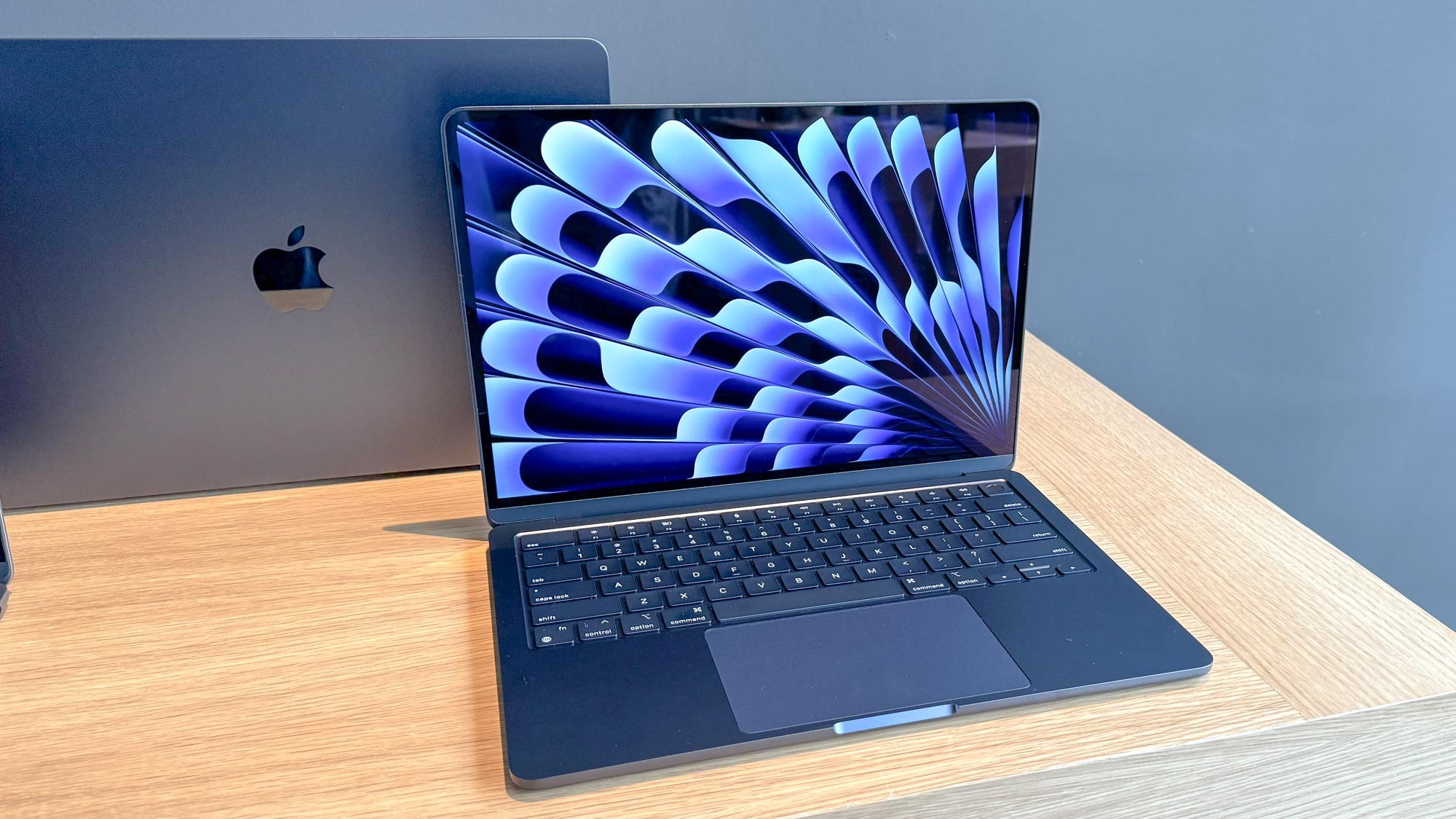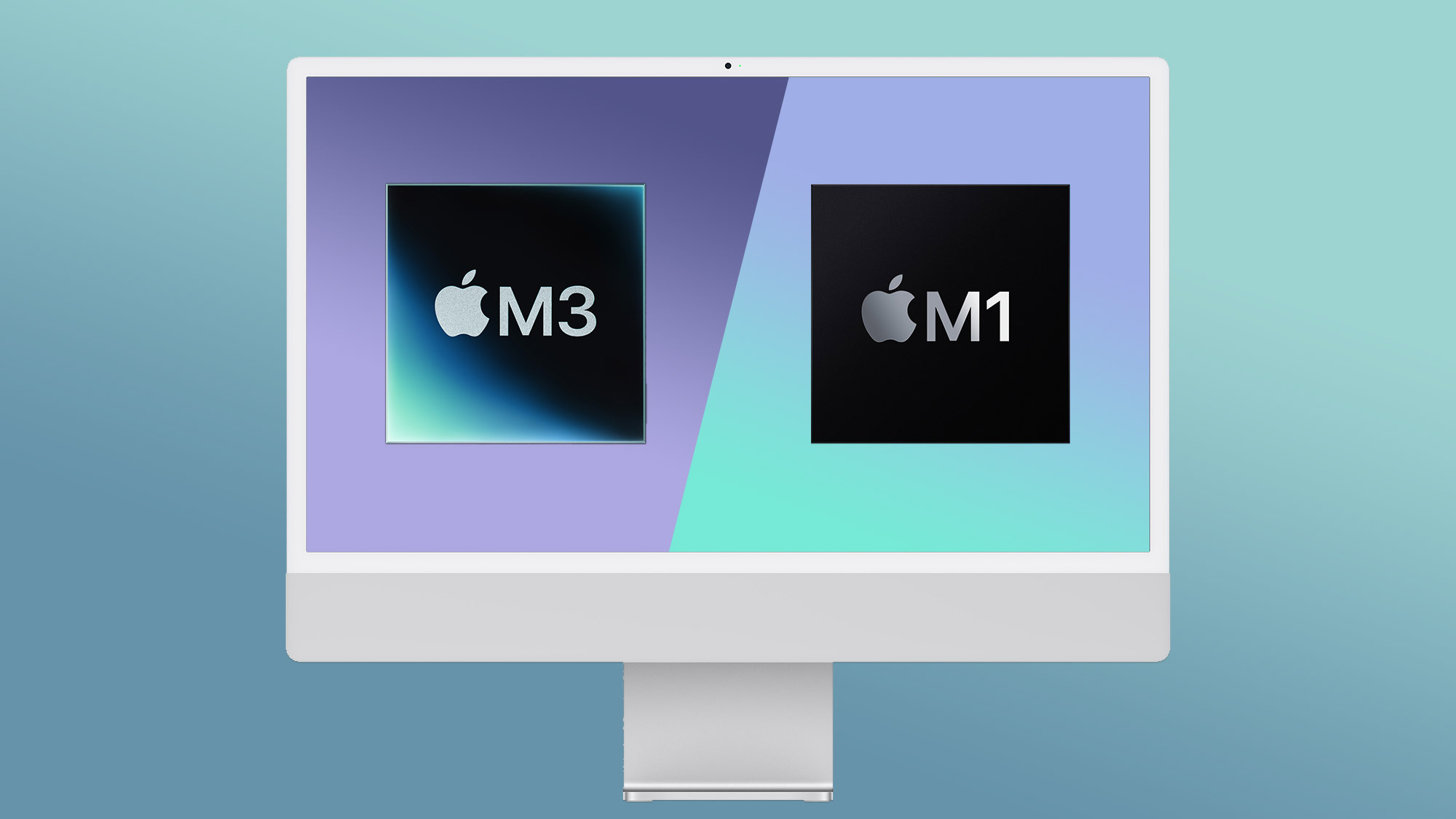MacBook Air M3 is going all-in on AI — here's what you can actually do with it
Yup, Apple is embracing ‘AI’ after shunning the term

For a long time Apple has avoided uttering the word "AI," maybe because everyone else was using it or maybe because it was afraid of the negative connotations associated with artificial intelligence during the rise of ChatGPT. Not anymore!
In fact, as I read Apple's press release for the new MacBook Air M3 launch today, I was pretty surprised how many times the word AI showed up. (In case you're wondering, AI appears 9 times compared to 2 times for machine learning.) This is a complete about-face for a company that, for a time, seemed to avoid saying "AI" like the plague.

Whatever Apple's reasoning, it's a pretty bold claim to say that the new MacBook Air is the "world's best consumer laptop for AI." After all, Intel has its new 14th Gen Intel Core Ultra processor with its dedicated NPU and AI Boost tech. Intel and Microsoft are also betting big on so-called AI laptops, complete with a Windows Copilot key built into the keyboard in some cases.
So what is Apple's answer to Windows AI laptops? For starters, the MacBook Air M3 includes a faster and more efficient 16-core Neural Engine, plus accelerators in the CPU and GPU to boost on-device machine learning. And, by the way, Apple has been putting Neural Engines in their laptops since the MacBook Air M1 in 2020.

MacBook Air M3 owners will notice the biggest impact of this chip in apps that leverage AI. For example, the Luminar Neo app can sharpen images with amazing before-and-after results via its Supersharp AI feature. It can also minimize or remove motion blur. Other AI features include the ability to easily erase objects, expanding your background and more.
Another interesting AI Mac app is FreeChat, a native macOS app that lets you run a range of AI models and chat with them like ChatGPT or Gemini — right on your Mac. Note that these and other Mac AI apps will run on the M2 and M1 chip. You'll just get faster performance out of the M3.
Other Mac AI apps include Goodnotes 6, which offers AI Math Assistance directly within the app, Pixelmator Pro for enhancing photos and CapCut for removing background noise from your videos. And, of course, you can run cloud-based AI apps, such as Microsoft Copilot within Word and PowerPoint, Canva and Adobe Firefly. But you'll get the most benefit from the M3 chip when the AI app runs locally.
For more info, see our roundup of the best Mac AI apps so far.
Apple also cites some specific performance benchmarks for AI tasks. For example, the company says that enhancing an image in Photomator's Super Resolution feature is up to 40% faster on M3 vs. M1.
I personally use Pixelmator Pro all the time to remove backgrounds from images on the MacBook Pro M1 Pro, and I'm curious to see how much faster the M3 chip will handle tasks like this.
Ultimately, AI-optimized apps will change the way we work and play. And Apple wants to position itself as the maker of the best AI laptops. But we'll have to see how well all these apps work — and how quickly. And we'll be devising some cross-platform AI tests for Mac and Windows to really put the MacBook Air M3 to the test. Stay tuned.
More from Tom's Guide
Sign up to get the BEST of Tom's Guide direct to your inbox.
Get instant access to breaking news, the hottest reviews, great deals and helpful tips.
Mark Spoonauer is the global editor in chief of Tom's Guide and has covered technology for over 20 years. In addition to overseeing the direction of Tom's Guide, Mark specializes in covering all things mobile, having reviewed dozens of smartphones and other gadgets. He has spoken at key industry events and appears regularly on TV to discuss the latest trends, including Cheddar, Fox Business and other outlets. Mark was previously editor in chief of Laptop Mag, and his work has appeared in Wired, Popular Science and Inc. Follow him on Twitter at @mspoonauer.

